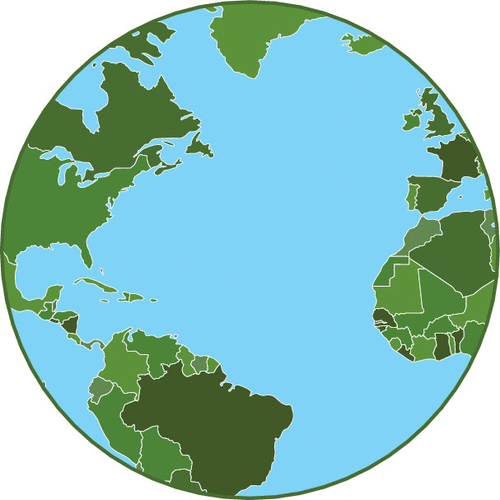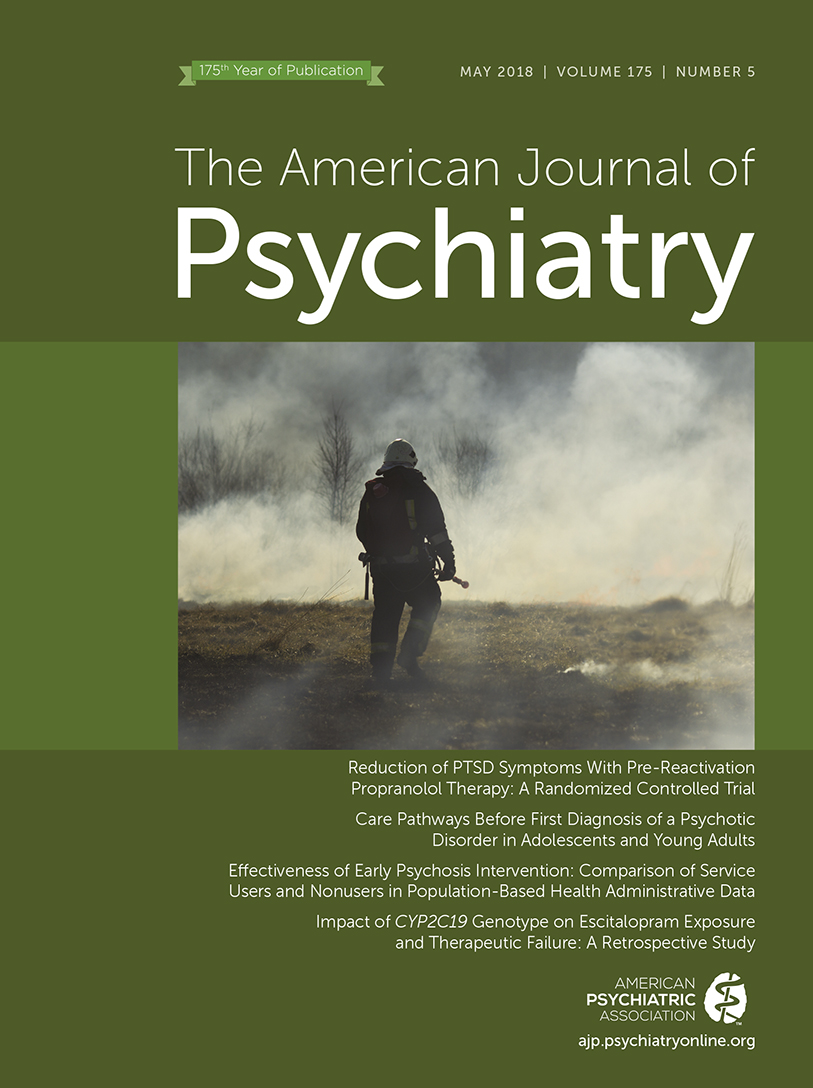Failure to Identify a Human Trafficking Victim

“Ms. A” was admitted to a psychiatric unit for decompensated trauma-related dissociation, mutism, and catatonic-like symptoms. Social history revealed childhood sexual abuse, foster care, domestic violence, sex industry work, and a significant other who was several decades older. The trauma history included beatings, chokings, and sexual assaults. Despite psychiatric treatment, Ms. A remained impaired in activities of daily living, isolated herself to her bed, and eschewed groups before discharge to a shelter.
Months later, she returned to the emergency department, newly pregnant, with suicidal ideation and panic attacks, and she was admitted for stabilization. She was nonadherent to treatment after discharge and was found disheveled, disoriented, and decompensated some weeks later in a park. In the emergency department again, she made references to a baby and a boyfriend and she was readmitted to an outside hospital. Again, months later, she was found lying in a ditch, decompensated, and covered in feces. She was brought back to the emergency department and was readmitted to the inpatient psychiatric unit for a period of many weeks. Despite verbal impoverishment, she disclosed, for the first time, details of horrific past abuse suffered while trafficked by her “sugar daddy” and current “baby daddy.”
Ms. A described being threatened with guns held to her head and knives to her throat. She reported beatings and chokings with cords, pimps waking her up to force sex, and cocaine use. She disclosed feeling like she could not trust anyone and that she had no credibility because of her circumstances. “Everyone keeps thinking that I am faking what I’m doing … but I do need help. I was just having suicidal thoughts and I was freaking out.”
She reported being trafficked while pregnant and that her captor would become sexually excited whenever he choked her. “It is sick.” She said that he “made me sleep with guys without a condom and punched me in the stomach when I was pregnant. I was so scared that I would get hit if I looked at another guy.” She admitted that “he made me feel like a piece of shit, so I gave up and went to drugs.” Allegedly, her “baby daddy” had other women he pimped out, including in another city. When asked why she did not escape, she replied that she feared her pimp because he “made an ex-girlfriend kill herself, and once when I came home there was a knife in the kitchen set up like he was going to kill me.”
With the treatment team’s support, she sought to file a police report on her trafficker. Unfortunately, when the officer arrived on the inpatient unit, the patient became anxious and withdrawn and ultimately was unable to provide a statement. A second attempt to lay charges was also unsuccessful. After discharge, she continued a pattern of rehospitalizations, failed drug rehabilitation programs, and repeated incarcerations.
Around the world, 40 million people suffer from human trafficking enslavement (1). In Texas, labor and sex trafficking victimizes more than 300,000 individuals annually (2). Human trafficking is defined as “the recruitment, transportation, transfer, harboring, or receipt of persons,” by means of threat, force, coercion, abduction, fraud, deception, the abuse of power, or payments, “for the purpose of exploitation” (3). Labor exploitation includes some agricultural and fishing industry work, repetitive labor, domestic servitude, debt bondage, and other forms of slavery. The identification of victims and provision of treatments and services is limited by a lack of research on human trafficking.
Human trafficking utilizes psychological methods to coerce victims into bondage, including isolation, monopolization of perception, induced debility, occasional indulgences, threats, and degradation (4). Victims, including men, women, children, refugees, migrants, and members of the LGBTQ community, may be trafficked locally or moved across borders. Sex workers, some of whom are trafficked, risk prosecution and criminalization (5). Survivor studies indicate that the majority of trafficked persons see a health care professional at least once during captivity (6). Given the vulnerability of psychiatric patients to becoming trafficked, as well as the psychiatric consequences of trafficking (7), it is important that mental health providers recognize and treat trafficked patients.
There is both a lack of validated screening tools to identify victims of trafficking (8) and a paucity of outcome-based training for health care professionals and trainees (9). Patients with psychotic and severe depressive disorders may require more intensive support. Underutilization of integrated multidisciplinary teams may result in fragmented care, contribute to undertreatment, delay access to resources, extend captivity, and exacerbate the economic health care burden.
Patient-centered, trauma-informed, and multidisciplinary care is recommended for managing victims of trafficking (7). Given that few formal recommendations have been made for treatment (10), therapeutic interventions may follow evidence-based protocols for other traumatized populations. Providers may experience vicarious trauma, which may undermine their willingness to question patients about psychological and physical violence. Providers should also be mindful that questioning and physical examination can retraumatize victims. Patients may distrust or fear authority figures or government officials and hesitate to seek help from health care providers. A safe house should be provided on discharge. Better identification, provision of a comprehensive model of care, and widespread connections to community advocates, safe houses, and services will help connect victims of trafficking with resources, reduce the possibility of retraumatization, and improve outcomes for similar patients in the future.
The patient described here went undetected as a trafficking victim for nearly 2 years as she cycled in and out of hospitals, in part because of her decompensated state and complex presentations. A plethora of challenges undermine recognition and treatment of victims and deserve our attention. Breaking the cycle of trafficking should be viewed as a challenge for research and innovation in medicine, especially in psychiatry.
1
2 : Human Trafficking by the Numbers: The Initial Benchmark of Prevalence and Economic Impact for Texas: Final Report. Austin, University of Texas at Austin, School of Social Work, Institute on Domestic Violence and Sexual Assault, Dec 2016Google Scholar
3
4 : Psychological coercion in human trafficking: an application of Biderman’s framework. Qual Health Res 2015; 25:1171–1181Crossref, Medline, Google Scholar
5 : Reducing stigma in healthcare and law enforcement: a novel approach to service provision for street level sex workers. Int J Equity Health 2015; 14:35Crossref, Medline, Google Scholar
6 : The health consequences of sex trafficking and their implications for identifying victims in healthcare facilities. Ann Health Law 2014; 23:61–91Google Scholar
7 : Human trafficking: the role of medicine in interrupting the cycle of abuse and violence. Ann Intern Med 2016; 165:582–588Crossref, Medline, Google Scholar
8 : A pathway to freedom: an evaluation of screening tools for the identification of trafficking victims. Acad Psychiatry 2016; 40:124–128Crossref, Medline, Google Scholar
9 : Training US health care professionals on human trafficking: where do we go from here? Med Educ Online 2017; 22:1267980Crossref, Medline, Google Scholar
10 : Evidence-Based Mental Health Treatment for Victims of Human Trafficking. Washington, DC, US Department of Health and Human Services, 2010Google Scholar



